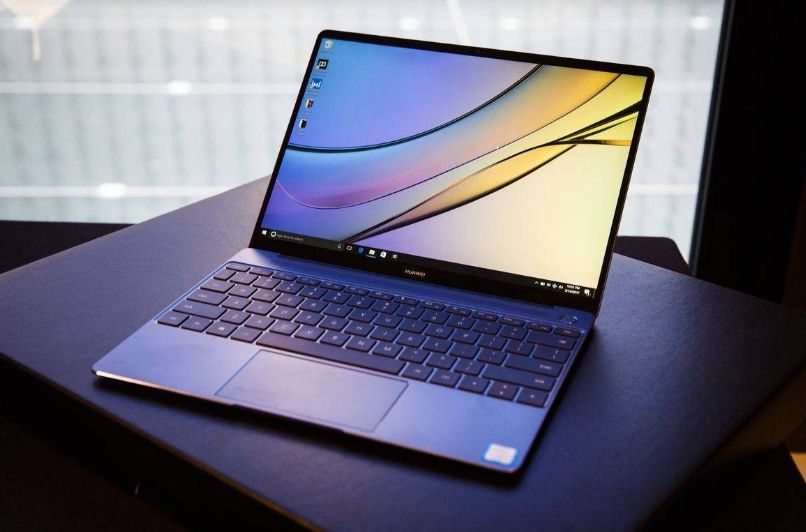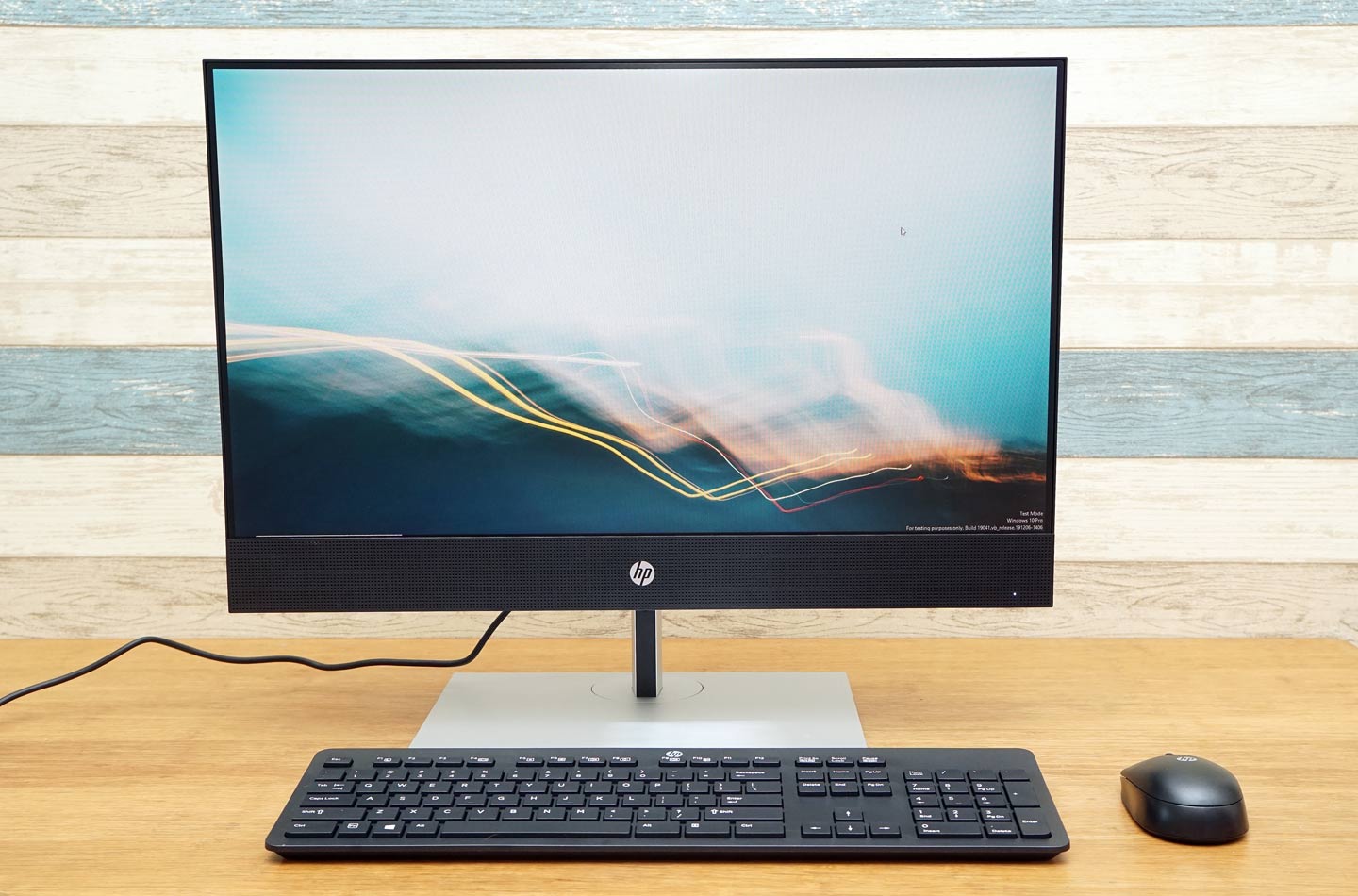Windows 11, Microsoft’s latest operating system, offers a streamlined and modern user interface with a host of new features designed to enhance user experience. Among these is the ability to switch users at the login screen, which is essential in environments where multiple people share the same device. Whether for home, work, or public spaces, understanding how to efficiently switch users on Windows 11 is crucial for maintaining privacy and ensuring each user can quickly access their personalized environment. In this practical guide, we’ll walk through the steps of switching users at the login screen and provide tips for optimizing this feature.
Before you can switch users, you need to access the login screen. This may seem straightforward, but there are some nuances that can make the process smoother and faster.
From Within an Active Session
If you need to switch to a different user account without logging off from a Windows 11 session you are currently in, you can easily do so through the ‘Start’ menu. Click on the ‘Start’ button, select the ‘User’ icon, and then click on the ‘Lock’ option. This will take you to the lock screen from where you can access the login screen by pressing any key or clicking the screen.
Using Keyboard Shortcuts
For those who prefer keyboard shortcuts for speed and convenience, Windows 11 includes a quick way to reach the login screen. By pressing Ctrl + Alt + Delete, you’ll be presented with a screen that includes several options. Click on the ‘Switch user’ option to go to the login screen where you can select a different user account.

Switching Users at the Login Screen
Once at the login screen, switching users is a simple process, but it’s important to be familiar with the steps to ensure a seamless transition between accounts.
Selecting Another User Account
When you arrive at the login screen of the Windows 11 device, locate and click on the user account you want to switch to from the list of available user accounts. The system will prompt you to enter the password or PIN for that account. If the account is set up with a picture password or a biometric sign-in option, follow the on-screen instructions to log in using the appropriate method.
Understanding User Account Types
Be aware of the different types of user accounts on Windows 11, as this can affect the accessibility of the ‘Switch user’ option. For instance, administrators might set restrictions on standard user accounts, sometimes even disabling the ability to switch users. Make sure to grant all user accounts the necessary permissions for switching if your environment requires this functionality.

Managing User Accounts for Optimal Switching
For an efficient user-switching experience, it’s essential to keep your user accounts well-managed. Proper management can prevent issues that may arise when different users attempt to access their accounts.
Adding and Configuring User Accounts
To add a new user account, go to ‘Settings’ > ‘Accounts’ > ‘Family & other users’. Then select ‘Add someone else to this PC’ and follow the prompts. Ensure each user has a unique name and a secure password. Configuring accounts with different privilege levels (such as standard or administrator) can help maintain security while still allowing for easy switching.
Setting Up Sign-in Options
Windows 11 allows for various sign-in options including PIN, password, and biometric authentication. By setting up convenient sign-in options for each user, you can streamline the login process when switching users. Navigate to ‘Settings’ > ‘Accounts’ > ‘Sign-in options’ to review and configure these settings for each account.

Troubleshooting Common Switch User Issues
Sometimes, you may encounter difficulties when trying to switch users on Windows 11. Being prepared with troubleshooting steps can help you overcome these issues quickly.
User Account Problems
If a user account is not showing up on the login screen, ensure that the account is active and has not been disabled. Additionally, check for any group policies or settings that may be hiding certain accounts from the login screen.
Resolving Login Screen Freezes or Glitches
In some instances, the login screen may freeze or not respond correctly when attempting to switch users. If this occurs, use the Ctrl + Alt + Delete shortcut to try to refresh the login screen. If the issue persists, a system reboot may be necessary to restore functionality.

Enhancing User Privacy and Security
When multiple users share a Windows 11 device, privacy and security become paramount. It’s crucial to educate all users about the importance of logging out or locking their sessions when stepping away from the computer. This practice not only protects sensitive information but also ensures that the next user can access their desktop without any issues.
Educating Users on Best Practices
One of the best ways to enhance privacy and security is through user education. Remind users to log out fully after their session if they do not intend to return soon, or to lock their session if they plan to be away only temporarily. This can be done by clicking on the ‘Start’ menu, selecting the ‘User’ icon, and then choosing ‘Sign out’ or by using the Windows Key + L shortcut to lock the screen instantly. By doing so, users ensure that their files, applications, and browsing history remain private, and the device is ready for the next person to use without any privacy concerns.

Setting Automatic Lock and Logout Policies
For added security, especially in public or shared environments, administrators can set policies that automatically lock the screen or log users out after a period of inactivity. This can be configured through Windows 11’s Group Policy Editor or via power and sleep settings. Automatic policies help mitigate the risk of unauthorized access and protect data, particularly in scenarios where users might forget to manually secure their sessions.
In conclusion, being adept at switching users in Windows 11 is a valuable skill in multi-user environments. By following the steps outlined above, navigating to the login screen, switching users efficiently, managing user accounts effectively, and knowing how to troubleshoot common issues, you can ensure a smooth and secure user-switching experience on Windows 11. With practice, these processes will become second nature, allowing for quick transitions between different user spaces and maintaining a high level of productivity and user satisfaction.